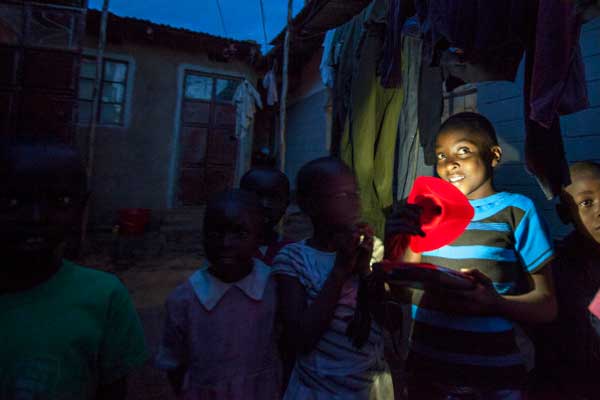It often seems news stories from the African continent are always negative. News stories on civil war, political instability, hunger, and disease are just a few examples of stories that plague the media and gives a rather somber view of the continent.
Although the continent has its own share of bad politics and civil unrest, it’s important to note that there has been improved developments towards energy access through distributed generation systems using solar.
Africa is currently experiencing sustained periods of economic growth averaging 4% per year. This growth has led to increased energy demand.
However, the dilemma remains on whether to exploit available fossil fuel resources to power this growth or to utilize renewable energy resources.
A recent illustration from IRENA indicates that fossil fuels dominate electricity generation mix for Northern and Southern regions of Africa. Regions with electrification rates of over 77%.
Sub-Saharan Africa has the lowest electrification rates at 29%; with hydro dominating the mix at about 60%. With the recent discovery of new oil wells in some regions of the continent, the fear that fossil fuels might dominate energy production may become a reality.
Developments exist in Africa that demonstrates a unique scheme by which the continent can leapfrog the use of fossil fuels to renewable energy as the primary power source and a major driver for boosting economies.
Case in point, the continent did not have to develop its telephone infrastructure due to the disruption caused by mobile phones. This mobile disruption trend gave rise to “mobile money” that has facilitated the proliferation of “pico” home solar systems through several parts of rural Africa; under pay-as-you-go schemes.
Most of the companies involved in the home solar business follow the same business strategy as M-KOPA in East Africa. Their success has been attributed to the increasing cost of kerosene as well as increased awareness on the benefits of clean energy.
Studies have shown that kerosene lighting systems cost significantly more at USD $4-$15 per month compared to solar lighting systems at USD $2 per month.
Kerosene lanterns emit fumes that are harmful to breathe. They also can be dangerous, and if lanterns are tipped over, the spilled hot fuel can cause burns and fires.
If more homes in rural Africa switched over to solar panels, it would lead to millions of people living substantially healthier lifestyles and saving money.
Although the use of home solar systems has so far attracted capacity systems of about 30 Watts, most African governments are working on frameworks that will allow for deployment of distributed generation systems using renewable resources such as mini-grids.
This is another form of disruption since rural Africa would not have to depend on extension of the grid. Renewable energy resources, especially solar PV, is now commercially viable in most rural Africa.
Also, some governments are now laying groundwork for power purchase agreements, regulations, access policies, and incentives such as feed-in-tariff to create a predictable business environment that can attract Independent Power Producers. With continued government support, ongoing, sustained cost reduction in solar PV modules and balance of system costs, Africa’s future is certainly going to be renewable.














Comments